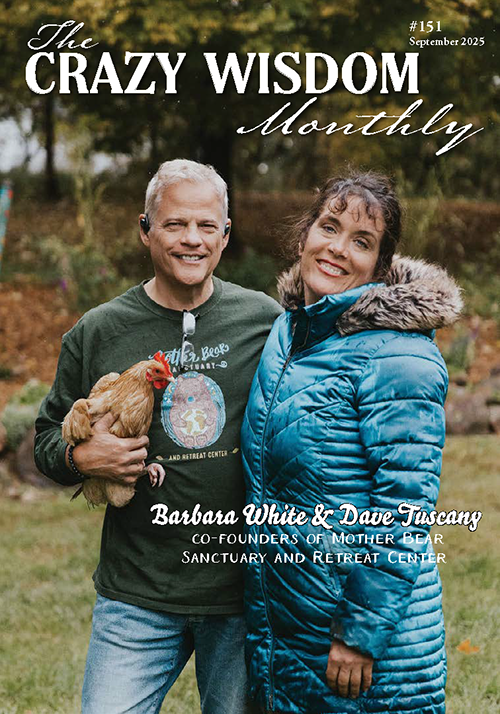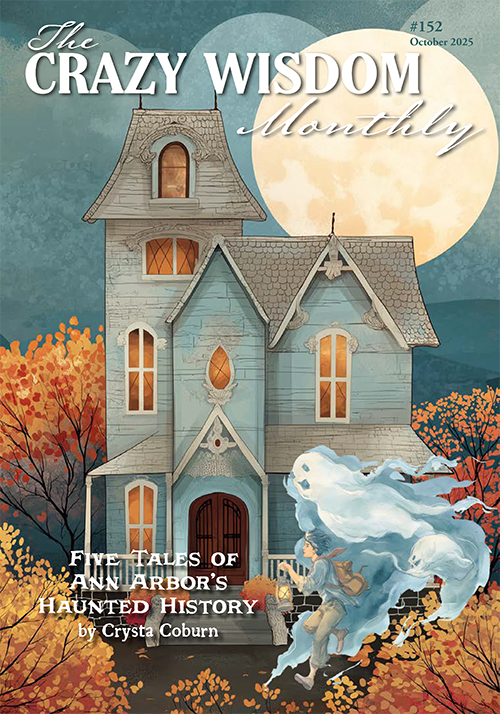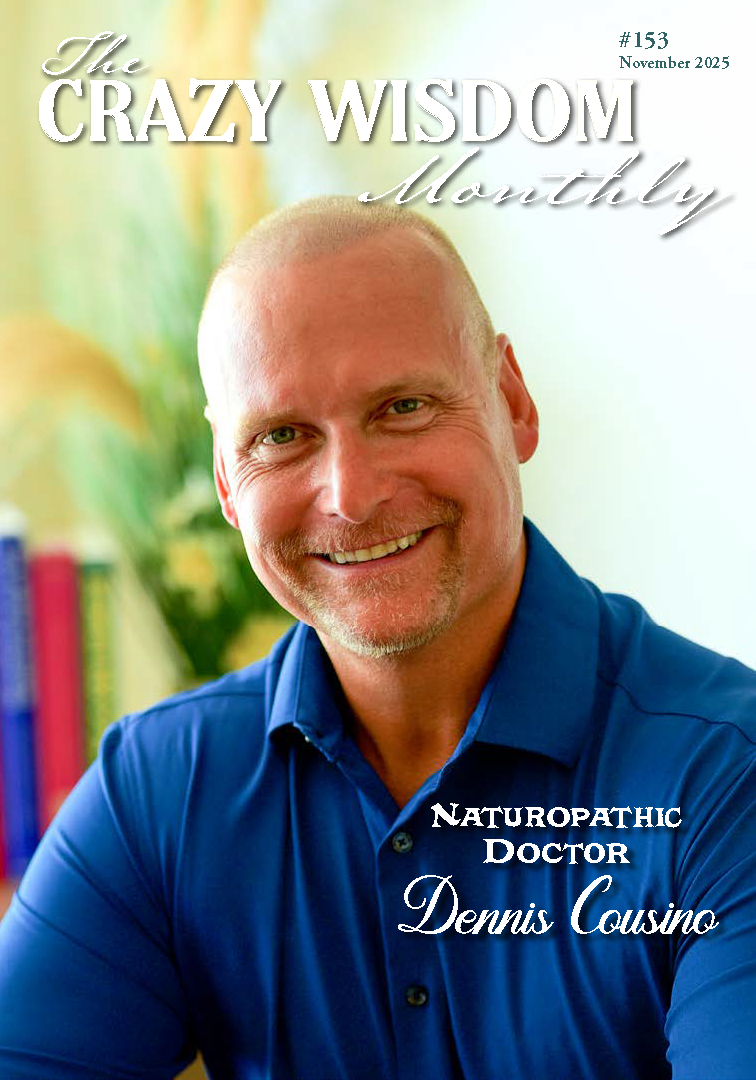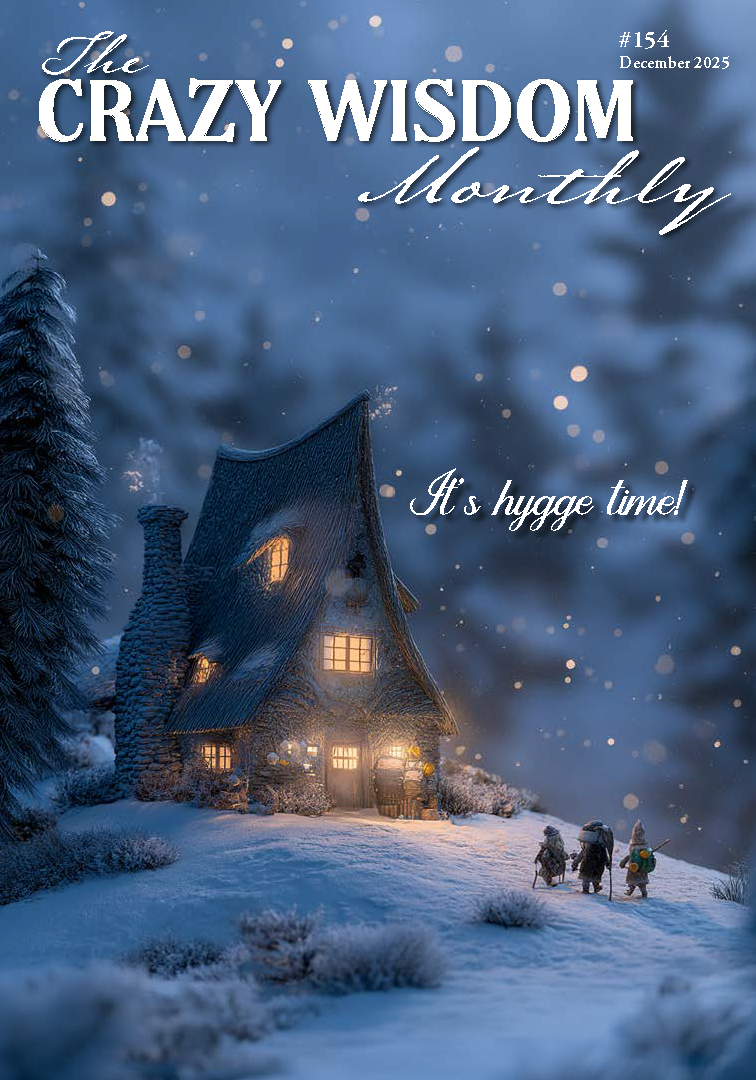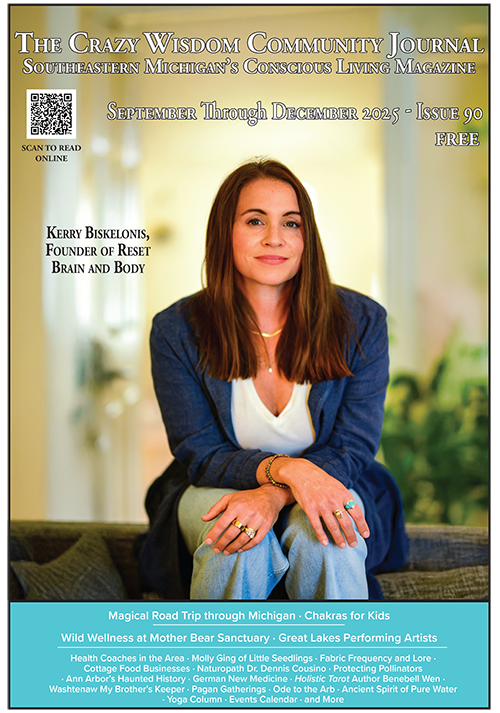By. Sibel Ozer
A Chinese proverb goes something like this: What is right and what is wrong, need we ask anyone else these things? We have all been bestowed with an internal sense of justice. The more aware we are, the clearer this sense of justice becomes.
It is equally true, however, that we face overwhelmingly complex decisions living in energy dependent, growth and productivity driven, increasingly digitally connected while simultaneously disconnected from nature, lifestyles.
Having access to low cost clothing is great but it often comes at the price of human exploitation. Having access to exotic fruits and food items would be more enjoyable if it didn’t require the destruction of invaluable ecosystems. Having access to heat and electricity is fantastic if only it wasn’t so environmentally toxic. So what do we do to hold onto our sense of rightness? Many of us simply try not to think about where things come from, and at what cost to others.
This is possible thanks to our phenomenally developed system of defense mechanisms which we use for purposes of justification. We can convince ourselves that our beliefs are the truth, or our actions are acceptable (it’s not a lie if you believe in it). We can furthermore rationalize, intellectualize, repress, or deny… Our internal sense of justice stands in opposition to our capacity for justification.
This painting continues my exploration of the idea of the psyche as a landscape, with a focus on the inhabitants.
The inhabitants of the psyche are often permanent residents. Some are more welcome then others. We cannot rid the psyche of its less then welcome inhabitants any more then we can rid the world of criminals and wrongdoers. If left to their own devices they will wreck havoc in our lives as they have the power to make us believe in anything, no matter how untrue. Unless we develop the skills to recognize and differentiate their messages from the truth, we remain vulnerable to their lies.
Thankfully, the mind comes with the ability to develop a capacity for awareness, which can be further cultivated through mindfulness.
A dear art therapy client created a painting of her inner critic spelling out what it tells her about who she is on a regular basis.
Artwork by GS
In reality she couldn’t be more opposite then what this unwelcome inhabitant of her mind would like her to believe. She is a survivor of childhood trauma, a history buff with a law degree, an animal advocate vegan who rescues dogs regularly, an artist, and yoga instructor. She is someone who maintained a beautiful heart despite great adversity.
When I initially completed my painting I thought I would go into an in depth explanation of the various mind traps, illusions, and negative voices. I decided instead that the various negative beings do not deserve so much focus. Focusing on the negative ends up aggrandizing these inhabitants, almost honoring them by giving them center stage. We all have all the ugliness that humans are capable of within us, just as well as the goodness. Most average young children (and adults) lie whether it is to get the last piece of cake, to get out of a mishap, because they fear losing someone, or to avoid shame. There is an inherent selfishness to being human, which is justifiable from an evolutionary, self-preservation perspective. One doesn’t have to be a Christian to appreciate Jesus’ response: Let him who is without sin cast the first stone.
Furthermore, having a bad thought doesn’t make a person bad. Many struggle with this truth regardless of how straightforward it sounds. The mind can make connections to one’s personhood or to one’s religion, resulting in feeling wretched as a person, or a sinner in general, because of a momentary thought.
I ended up highlighting that which matters the most in the painting, and as always what it all comes down to is choice.
There is a major difference between thinking a thought, or having a feeling, and embracing it wholeheartedly. Embracing those negative thoughts and feelings is how thinking about the past can change into regret loops, how anger turns to resentment, and how sadness transforms into sorrow. We forget that we have the choice to not sink our teeth into things, that we are capable of having thoughts and feelings and then turning away from them. A married man or woman can find another attractive and entertain the thought of engaging temporarily, to conclude not to go there after all. Or to give an opposite example, anyone could decide to cut on their work hours without letting their boss know, rationalizing that he wasn’t paying them enough to begin with—essentially rigging the system, because it wasn’t perfect to begin with.
The pots in the bottom of my painting are containers of my history: my upbringing, the genetic material, the environmental factors, and the major events. A comedian was joking that there ought to be an age limit for blaming our parents for our problems. As a psychologist I think that parents can influence the well-being of their children, however, regardless of how much or how little they do, children can still turn out mostly good or bad regardless.
I am the narrator of my own past and can choose to highlight whichever part seems significant to me with whichever lens is most helpful. I can choose to continue to lament about the tragedies, or focus on the valuable takeaways on even the hardest of experiences. I can choose to focus on the fact that I didn’t have a good parenting role model, or I can choose to look for better models elsewhere. Perspective is everything, and it is our free will that directs it.
There are many beings within this painting that represent the various mind traps that create unnecessary suffering. By that I mean suffering that is created as a result of perspective. There are minds within a mind that represent the labyrinths of the intellect and how thinking can remove us from the present, from reality, which is represented by the central figure. The highlighted figure to the right represents our witness function, that part of us which recognizes the Self as separate from its thoughts or feelings.
The butterfly at the heart of the Witness can land wherever it chooses, representing free will.
The doubt demon is lurking in the corner, waiting to rob the Self of its confidence at the slightest opportunity. Allies of truth and goodness are also present, whispering words of encouragement, or offering words of wisdom to the Self if only I am willing to listen deeply.
As a lifelong student of the psyche I think it is never too late to change the stories we believe in, to change our perspective, to find something valuable in the present or the past. It bothers me less now, that these scary, ugly inhabitants of my psyche are permanent residents. We don’t have to rid ourselves of our negative impulses since we have the power to disregard them. And we don’t even have to succeed every single time. In fact, that is not compatible with life, as these negative inhabitants are expert in trying to get us to believe in their lies. They will improvise and use our own logic against us. It is not the end of the world to get caught up in the lies our minds are telling us, temporarily.
What matters is that we are committed to seeking the truth and to see it eventually. To get back to seeking it when we lose sight of it. Turns out, this too is cyclical.
Sibel Ozer is a licensed professional counselor and board-certified art therapist currently doing private practice in downtown Ann Arbor. She started her career as a clinical psychologist working with earthquake survivors in Turkey. She continued her work in the United States in hospice, hospital, and private practice settings further specializing in grief, loss, and trauma. She is a certified EMDR practitioner and a graduate of the Gestalt Institute of Cleveland. She gives experiential workshops nationally and in her country of origin (Turkey) on different art therapy topics. Visit www.sibelozer.com, call (303) 905-1109, or email fireflyarttherapy@gmail.com.




























































































































































